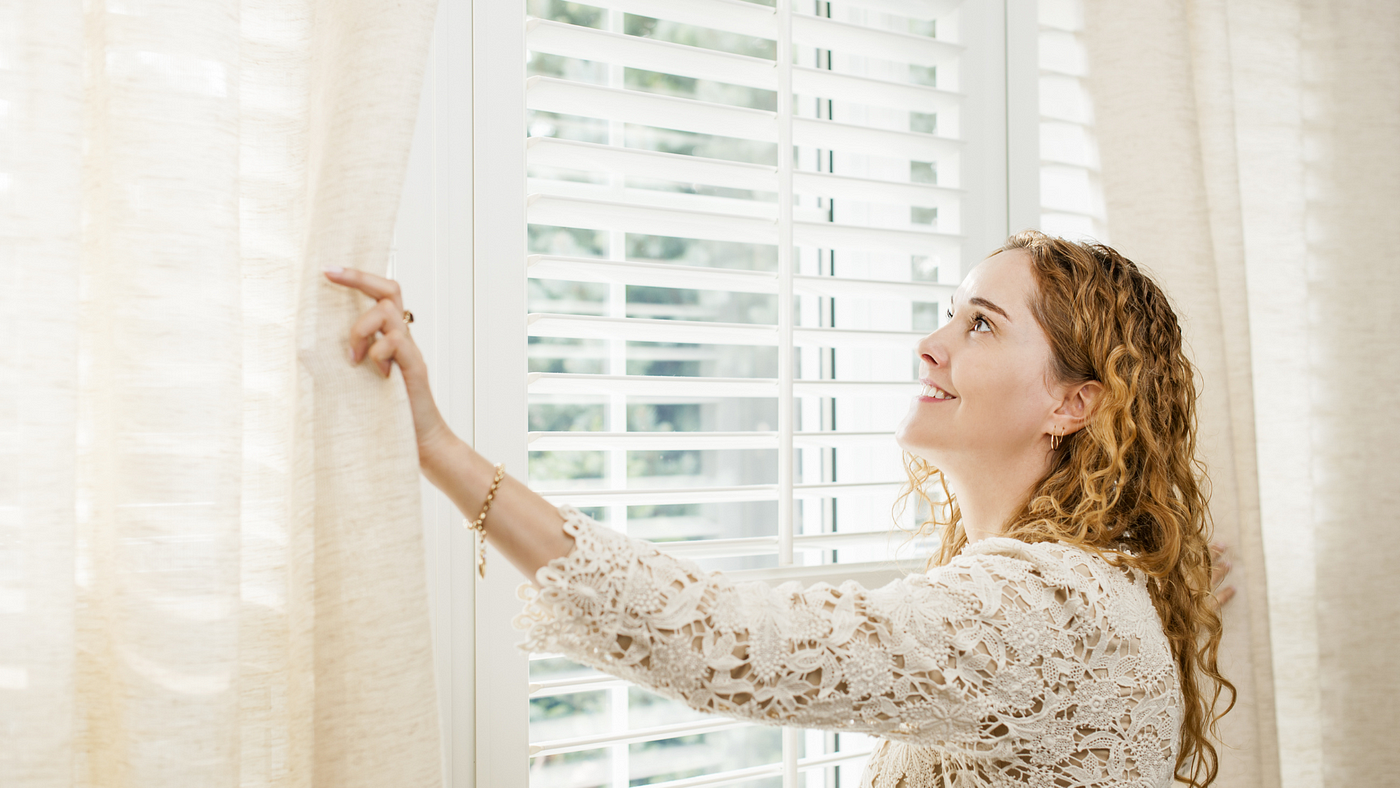Your home’s windows are more than just a way to bring in natural light and offer a view of the outside world. They are key elements in your home’s energy efficiency. With the right window treatments, you can conserve energy and create a comfortable environment all year round.
In this guide, we explore various energy-efficient window treatments, their benefits, and how to select the most suitable ones for your home. Let’s embark on this journey towards a greener and more sustainable future.
Understanding Energy-Efficient Window Treatments
Before we dive into the different types of energy-efficient window treatments, let’s first understand what makes them “energy-efficient.” These window treatments are designed to reduce heat gain or loss through windows, which ultimately helps regulate indoor temperature and reduce heating and cooling costs. They create a barrier between the interior space and the outside environment, preventing heat transfer and keeping the indoor temperature more stable.
The main factors that make a window treatment energy-efficient are:
–Insulation – The ability to prevent heat from escaping or entering through windows.
–Solar Heat Gain Coefficient (SHGC) – The measure of how much solar radiation is transmitted through a window.
–U-factor – This is the rate of non-solar heat loss or gain through a window.
–Visible transmittance (VT) – The amount of natural light that can pass through the window.
Types of Energy-Efficient Window Treatments
There are various types of energy-efficient window treatments available on the market, each with its unique features and benefits. Some popular options include:
Cellular Shades
Also known as Honeycomb shades, these window treatments comprise multiple layers of fabric that create air pockets, providing excellent insulation. They come in different cell sizes and can be either single or double-cell, with the latter being more energy-efficient. Cellular shades also have a low SHGC and U-factor, making them ideal for hot summers and cold winters.
Roller Shades
These shades are made of a single fabric that rolls up and down to cover the window. Roller shades can block out sunlight, keeping your home cool in summer, and they also provide insulation during winter. They have a relatively low VT and SHGC, making them an energy-efficient option.
Drapes/Curtains
One of the most common types of window treatments, drapes, or curtains come in various fabrics, patterns, and styles. They can provide insulation and reduce heat gain during summer if they are made of a light-colored fabric that reflects sunlight. In winter, heavy fabrics with a darker color can help retain heat inside the house.
Shutters
Shutters are another popular option for energy-efficient window treatments. Made of wood or faux wood, they provide excellent insulation and help regulate indoor temperature. They also offer privacy and light control options.
Choosing the Right Energy-Efficient Window Treatments for Your Home
When selecting energy-efficient window treatments for your home, it’s essential to consider factors such as climate, orientation of windows, and your budget. Here are some tips to help you make the right choice:
–Climate – If you live in a hot climate, look for window treatments with a low SHGC and high VT to maximize natural light while reducing heat gain. In colder climates, opt for treatments that offer good insulation and have a low U-factor.
–Orientation of windows – East and west-facing windows receive more direct sunlight, so consider treatments with a high SHGC. North and south-facing windows receive less sunlight, so choose treatments with a lower SHGC.
–Budget – Energy-efficient window treatments may have a higher upfront cost, but they can save you money in the long run on energy bills. Consider your budget and weigh the cost against the potential savings.
Should You DIY or Hire Professionals?
Installing window treatments may seem like a simple task, but it’s essential to ensure they are correctly installed for optimal energy efficiency. While you can DIY some treatments like roller shades or curtains, other types, such as cellular shades and shutters, require professional installation for proper insulation and fit. Consider your skills and the complexity of the treatment before deciding whether to DIY or hire professionals. If you want to work with a contractor, visit the site for more information.
Additional Tips for Energy-Efficient Windows
Aside from choosing the right window treatments, here are some other tips to make your windows more energy-efficient:
–Caulk and weatherstrip – Seal any gaps around your windows with caulk or weatherstripping to prevent air leakage.
–Add a solar film – Applying a low-emissivity (Low-E) solar film to windows can further reduce heat transfer and increase energy efficiency.
–Install storm windows – Adding storm windows can improve insulation and reduce heat loss in older, single-pane windows.
–Consider window placement – If you’re building a new home, consider the orientation of your windows to maximize natural light and minimize direct sunlight during peak hours.
Conclusion
Energy-efficient window treatments are not only beneficial for your wallet but also for the environment. They help conserve energy and reduce the carbon footprint of your home. By understanding the different types of treatments and how to choose the right ones, you can create a more comfortable and sustainable indoor environment. Remember to also implement additional tips such as caulking and weatherstripping to optimize energy efficiency.

